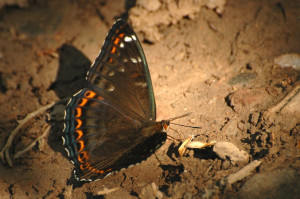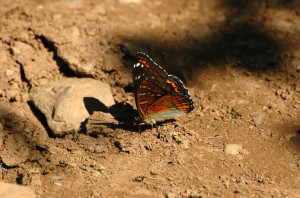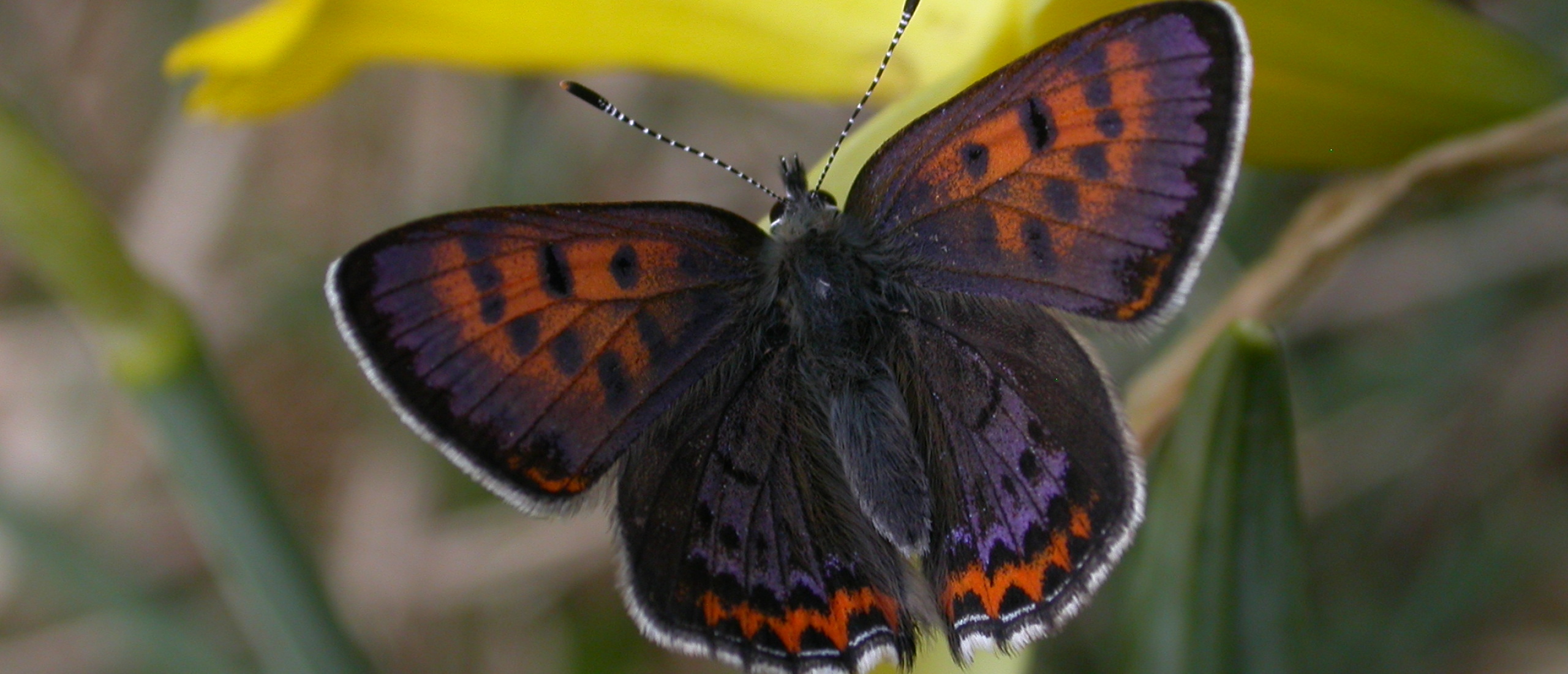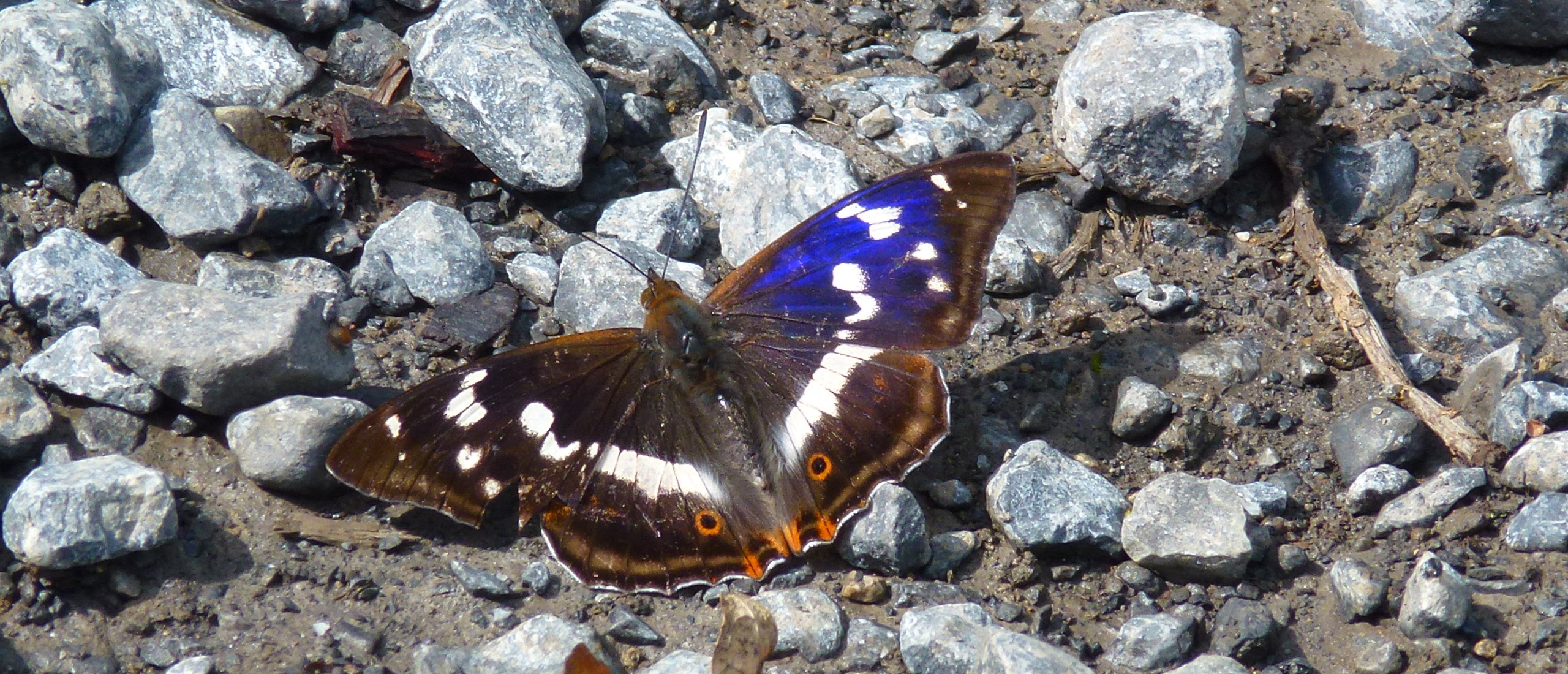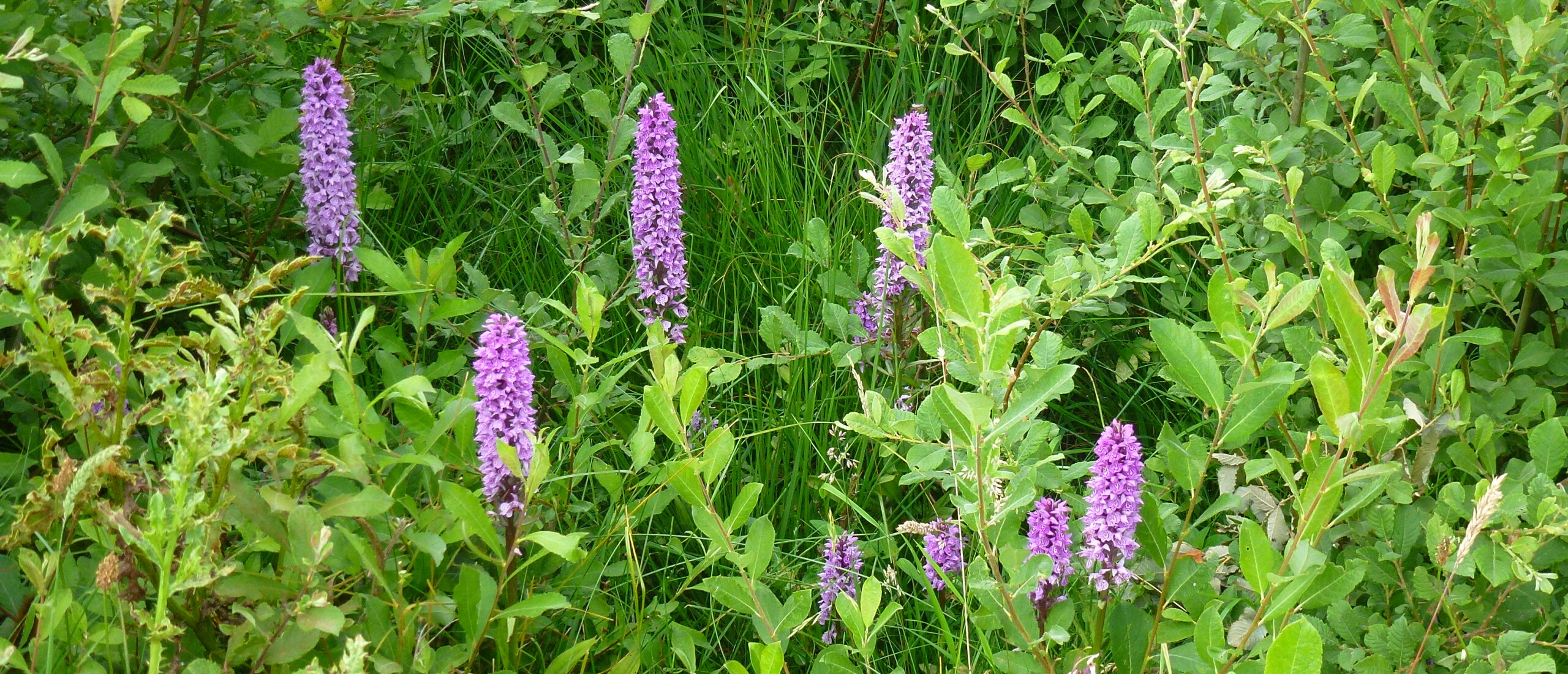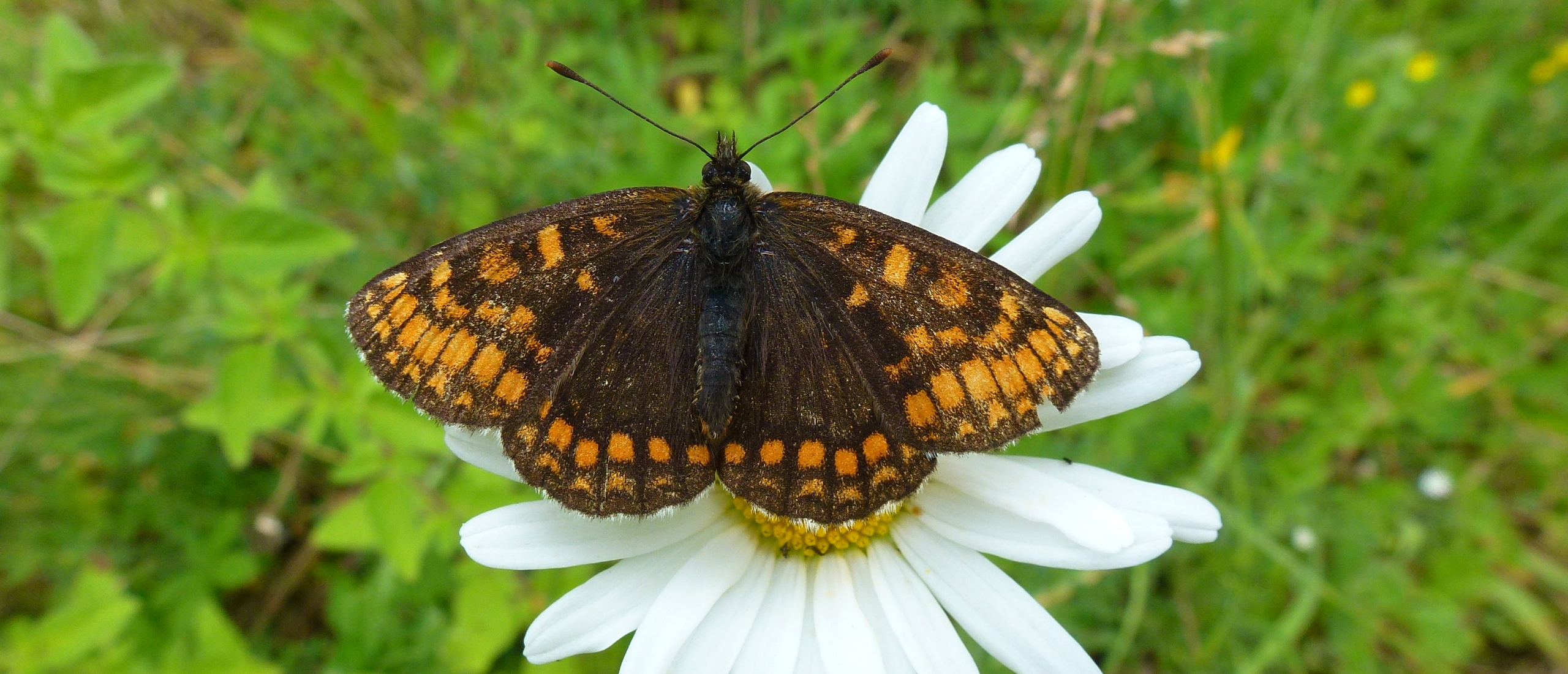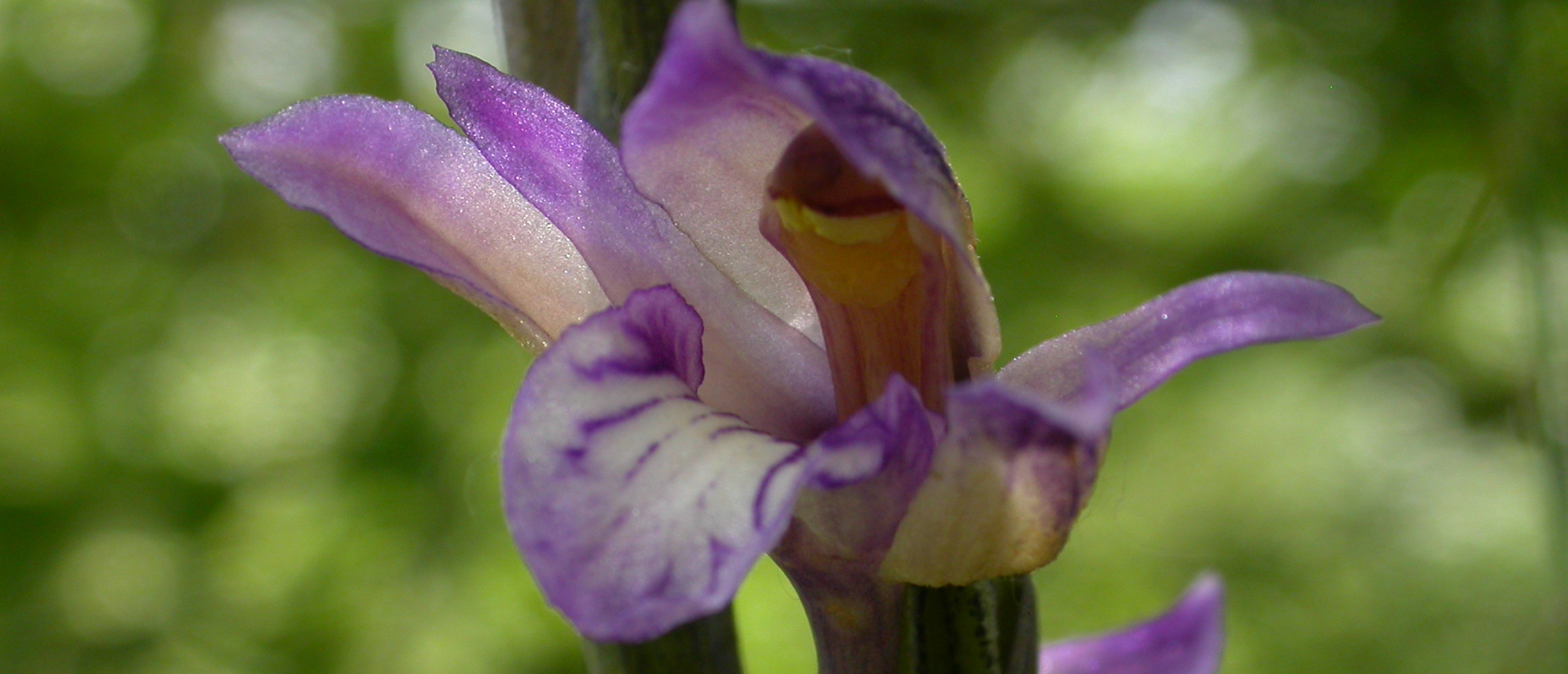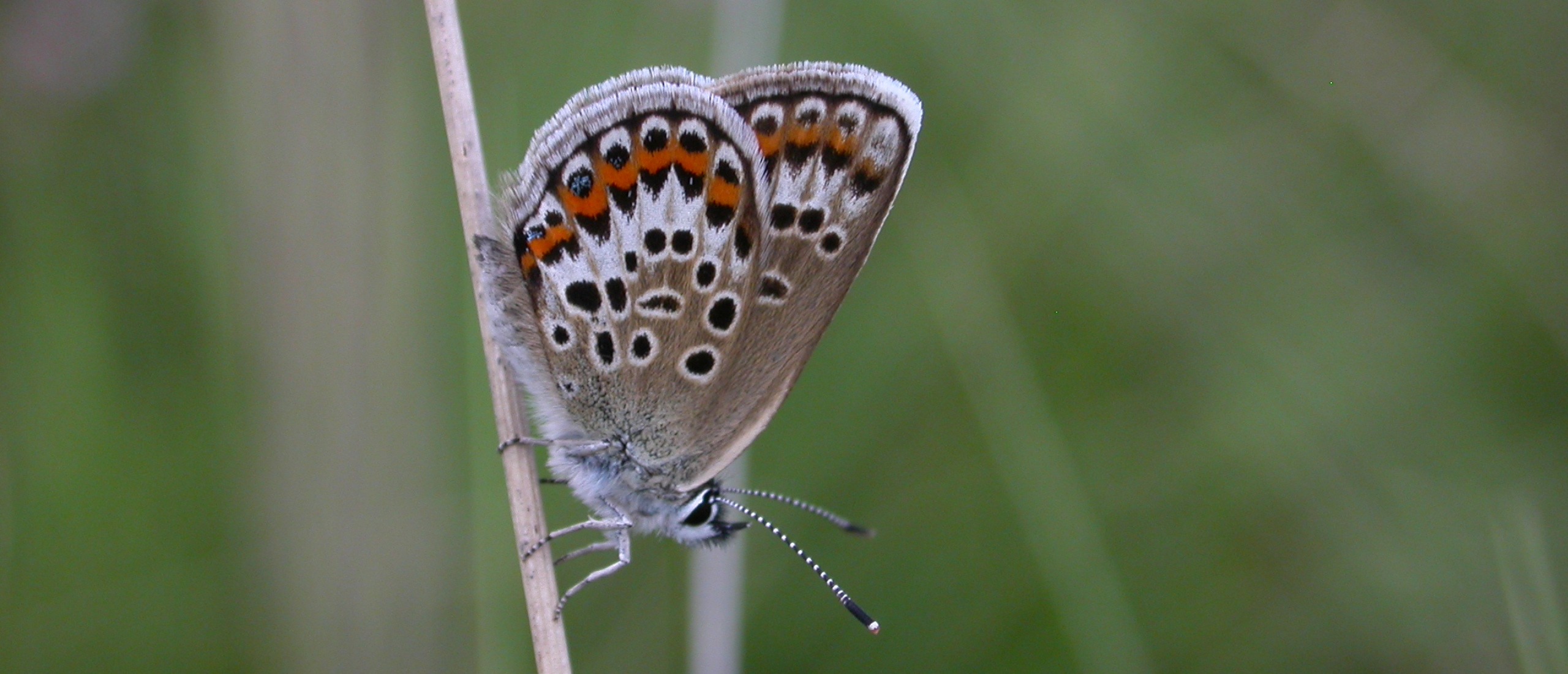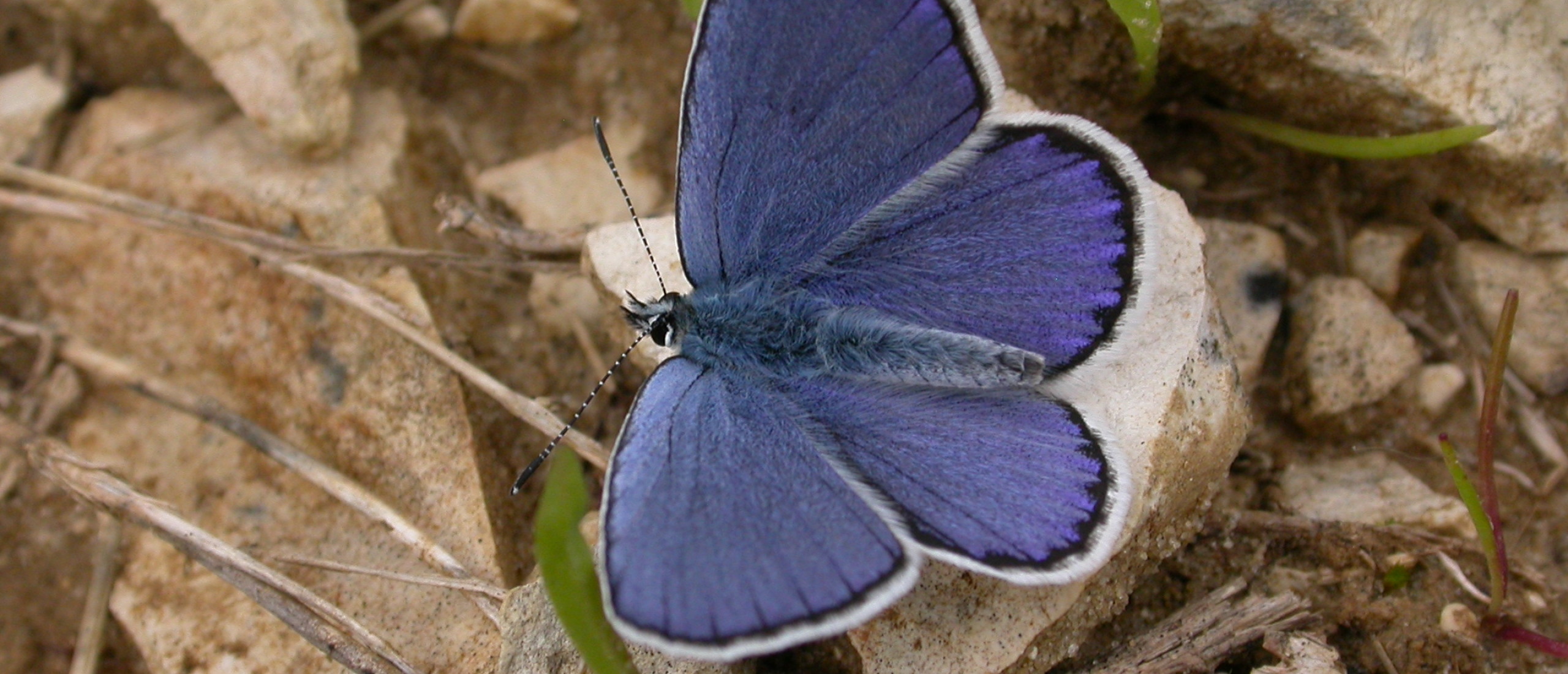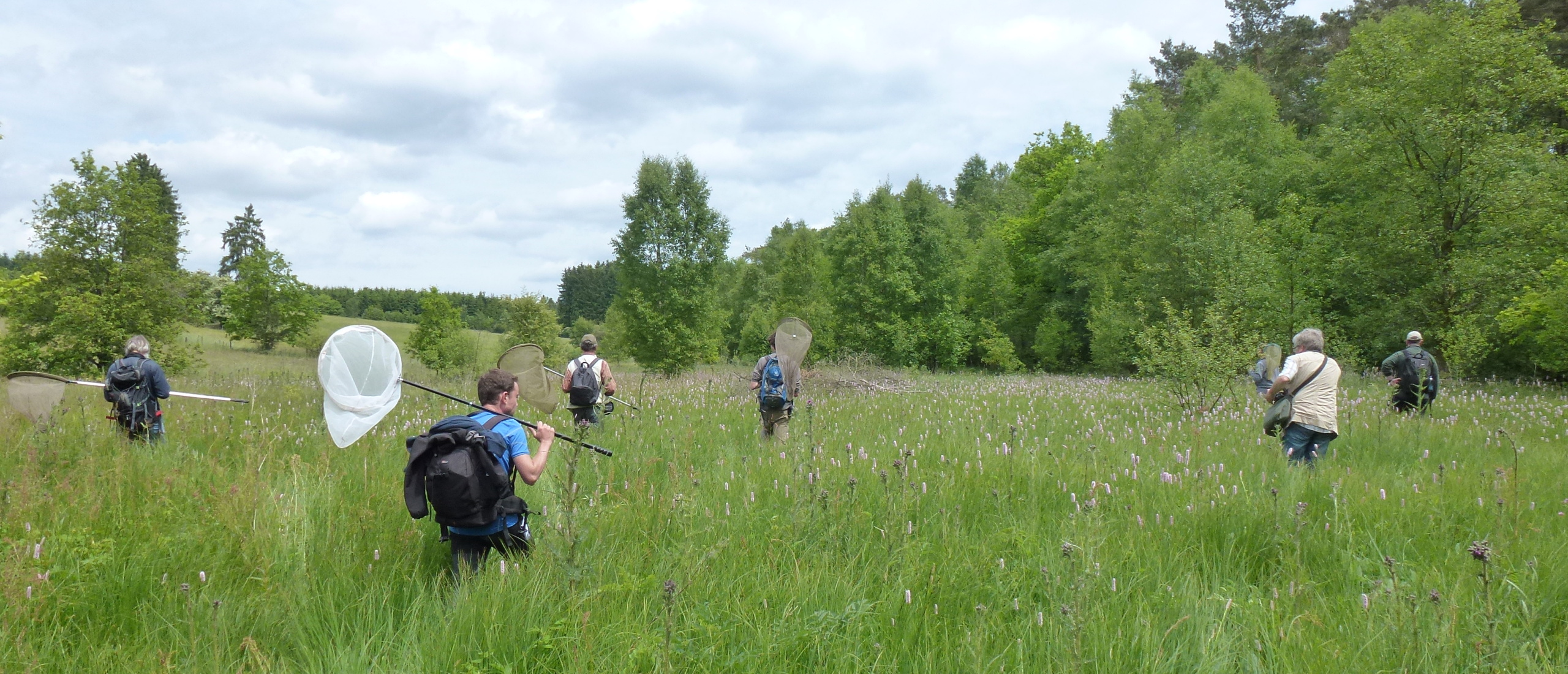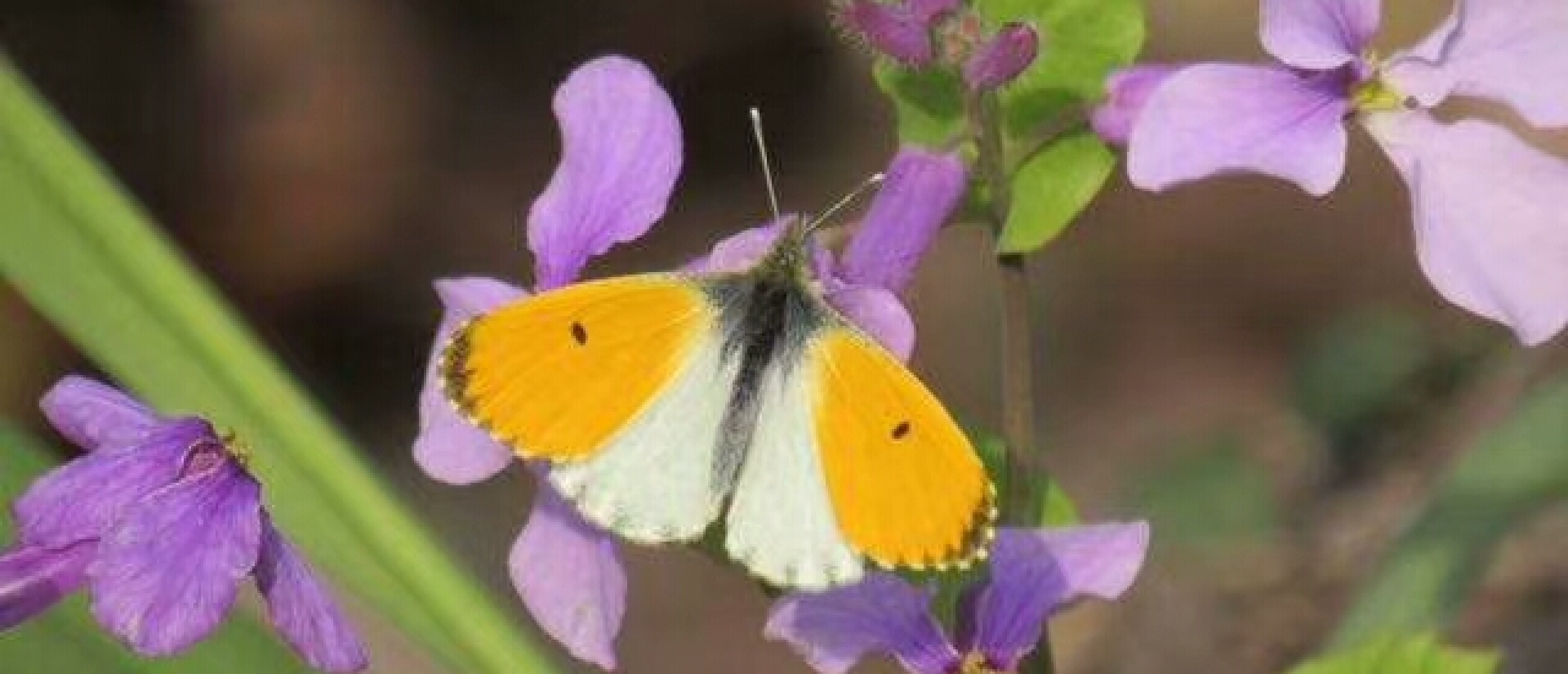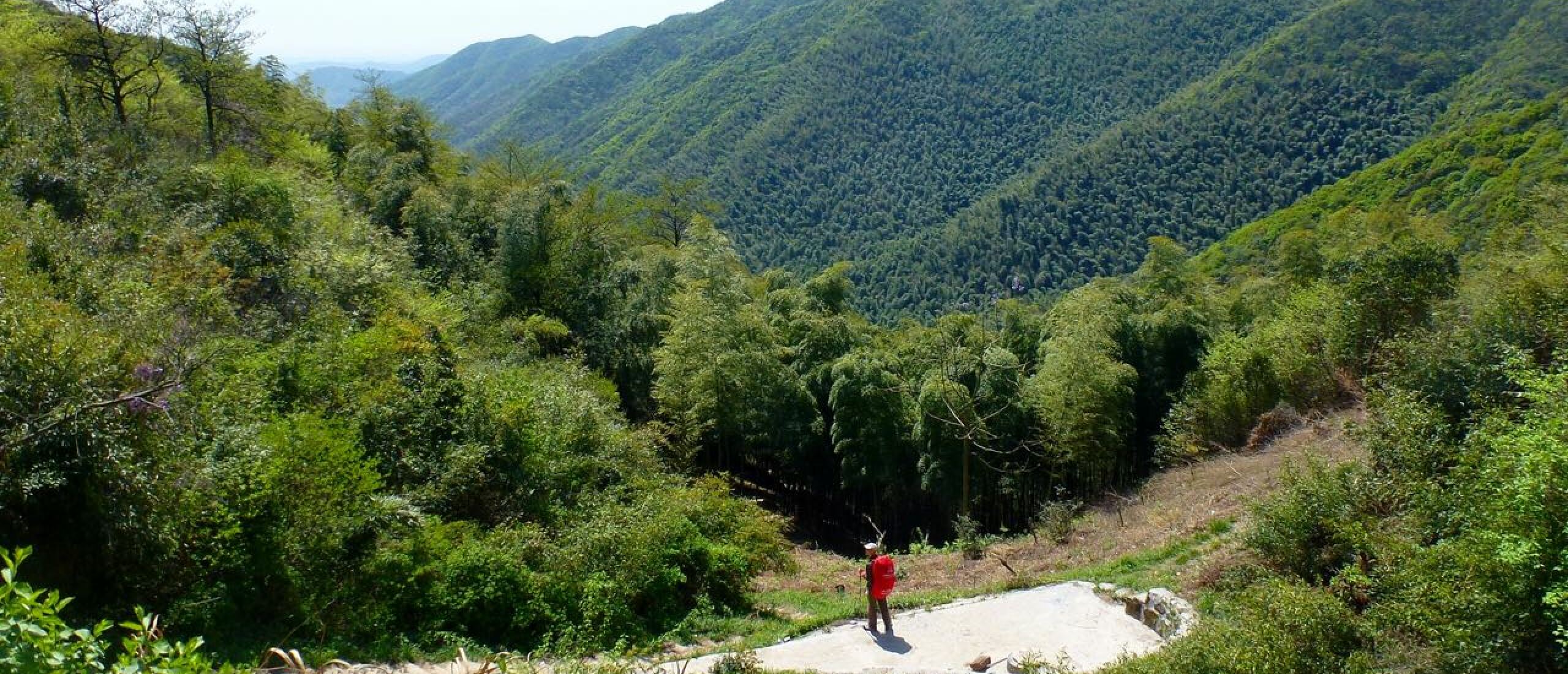
Aspfjäril - quest for one of Europe's largest and most splendid butterflies, the Poplar Admiral My wish to see one of the most magnificent, largest and most elusive of Europe's butterflies has led me to many wild and beautiful forests across the continent, and no doubt it will continue to do so, for it would be impossible to become blasé about such a splendid creature, no matter how often one saw it. The Poplar Admiral, Limenitis populi, is as its name suggests entirely dependent on poplar trees, in particular aspens, on which its caterpillars feed. The adult butterflies only fly for a very short period, perhaps only two weeks in length, usually in late June and July, but sometimes earlier. The females tend to remain high among the branches of wayside trees, but the males will on occasion come down to feed along forest tracks, a habit which unfortunately leads to large numbers falling victim to road traffic, in particular trucks, cars and even mountain bikes. Occurring sparsely across northern Europe, Russia and even to Korea and Japan, the Poplar Admiral should be relatively easy to find, but it is not, perhaps due to its elusive habits, short adult flight period and its sharp decline across the western part of its range, which has rendered it a rarity in France, Belgium and Germany, all of which used to harbour strong populations. It has fared better in Scandinavia and Russia, but as its short flight season varies from year to year, timing a visit to a favourable Poplar Admiral haunt with a strong likelihood of seeing one is extremely difficult. My early attempts were in northern France, where the butterfly used to occur, but in my usual stamping grounds in the Avesnois, it is long extinct. Apparently the large Fôret de Mormal used to be a reliable haunt, but the Office National des Fôrets removed all the roadside aspens some years ago, aspen not being a useful timber tree, and since then no Poplar Admirals have been seen. The extensive forests in the Belgian Ardennes also seemed suitable, but despite years of searching during the flight season, I never managed to connect with one there. In the summer of 2004, we drove all the way to the far east of Hungary in our little red Nissan Micra, and there we checked into a butterfly haven called Farm Lator, run by Dutch butterfly expert Rob de Jong and his Hungarian wife Barbara. This earthly paradise is situated on the southern slopes of the heavily forested Bükk plateau, and here indeed one should be able to find both the Poplar Admiral and another great European rarity, the Scarce Fritillary, Euphydryas maturna. Rob confirmed that they are sometimes even seen within his property, but that was a very hot summer and both of these insect gems were already over.
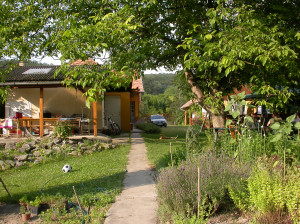 The butterfly-rich garden at Farm Lator
The butterfly-rich garden at Farm Lator
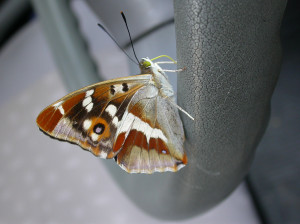 A Purple Emperor on the Micra's steering wheel
A Purple Emperor on the Micra's steering wheel
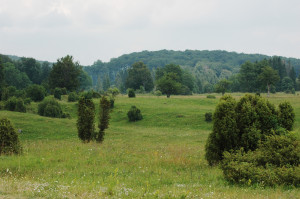 The Bűkk hills are a paradise for butterflies
The Bűkk hills are a paradise for butterflies
The quest continued, without success, and by 2009 I had almost forgotten about the mythical Poplar Admiral, or Grand Sylvain as it is known in France, the Great Forester. But forestry is in my blood, my grandfather and great uncle both having served with great distinction with the Indian Forest Service, and not being able to eventually find this great butterfly would have been a disgrace. I even have a rather poor but still impressive specimen of a female caught by my grandfather's great butterfly-collecting friend Meynell Hackney near Maribor, Slovenia, in the summer of 1937 when he took a trans-European route on his way home on leave from India. Whenever I looked at it, my heart would miss a beat as I thought how magnificent this creature must have looked alive. That summer of 2009, we booked a butterfly tour of south eastern Sweden with the UK wildlife tour company Naturetrek. On arrival we were met by, as he was described in the Naturetrek brochure, "your Swedish nature guide Daniel Green". Despite his name, Daniel Green really was Swedish, and the following six days were spent scouring the forests of his home county of Västmanland in search of the wealth of butterflies, dragonflies and birds of this delightful area. We were rewarded with sightings of many wonderful species, but I gained a bit of a reputation for being a little too focused on one butterfly, the Aspfjäril, or Aspen Butterfly, as the Poplar Admiral is appropriately named in Swedish! One characteristic of the Poplar Admiral of which one needs to be aware when searching for it is that, unlike most butterflies, it does not normally visit flowers, gaining instead most of its sustenance by sucking up mineral-laden moisture from the forest tracks that cross its habitat, or rather less attractively by sucking the juices from half-rotten carrion or dung. Daniel was fully prepared for this, and he had brought along a couple of tins of a particularly pungent form of pickled, fermented herring. Late that afternoon, we were taken to a beautiful, open forest track with some stands of aspen along the sides, and Daniel informed us that he had seen a Poplar Admiral here the previous summer. The moment of truth arrived when we opened the tins of foul-smelling fishy matter, and indeed the stench had to be smelled to be believed. The first of the tins caused gasps of disgust from some group members when opened in the minibus, and which made us wonder how Swedish people could possibly derive pleasure from consuming such a horrific concoction. We spooned out the mixture, spiced up with some old stout beer, onto the road verge and some tree stumps, and left for the night. The following morning, under bright sunshine and in perfect Aspfjäril conditions, we returned with our hearts pounding in anticipation of finding a veritable fleet of admirals feasting on the pungent provisions, but not an admiral was to be seen. The pickled herring was still there, its odour having dissipated overnight, and there was much joking among the British participants that even the local foxes must have turned up their noses at what one would have expected them to lap up with gusto.
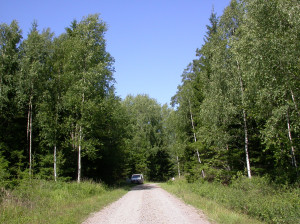 Prime Poplar Admiral habitat in Sweden
Prime Poplar Admiral habitat in Sweden
The rest of the holiday progressed with no sign of the great butterfly, until the penultimate day, when we headed to a reserve where the target butterfly was the rare and endangered Woodland Brown, Lopinga achine. After a long hot afternoon of searching, with no sign of the brown, the patience of some of the tour group members was wearing thin, and Hélène had decided to amuse herself by trying to add some common bird species to her Swedish birdlist. Her attention was drawn to a Blue Tit that flew up into a low tree. Suddenly, she uttered a piercing and far-carrying cry of "Poplaaaaaaar Admiraaaaal!" While following the Blue Tit, she had suddenly found herself looking up at a magnificent female Poplar Admiral that was gliding around the tree. I have rarely run so fast, and I managed to reach the spot in time to see the sunlight shining through the white patches on the huge wings of this long searched-for empress as she glided majestically around the tree before powering away over the treetops, not to be seen again. There was no time to even lift my camera, but at least all the members of the group saw the butterfly, and Hélène at once became the heroine of the group. In subsequent years all my searches were in vain, until finally on 29th May 2011 (coincidentally my birthday), at the end of a long, tiring day of butterfly-watching in the Viroinval in the south of Belgium, I decided to make my way home by driving on some little-used backroads through the large and relatively unfrequented forests to the south of the picturesque river valley that I often visit. As I slowly drove up the narrow road in the late afternoon, I suddenly saw a huge, apparently almost black butterfly wheeling and gliding over a patch of wet gravel by the side of the road. Thinking it must be a Camberwell Beauty, Nymphalis antiopa (also an extreme rarity in those parts), I brought the car to a rapid halt, scrambled out and ran to the spot. The butterfly was still sailing around at high speed, and I could not get a clear look at it until finally, with a flourish of its great wings, it landed and started sipping at the wet gravel. I soon realised that I was not looking at a Camberwell Beauty, but rather at a magnificent male of the rare dark form of the Poplar Admiral, Limenitis populi f tremulae, named for the Latin name of the aspen, Populus tremula, whose leaves seem to tremble characteristically with only the slightest breath of wind. Astonished, I rushed back to the car to grab my camera, but I was spoilt for choice on this account as I had three to choose from! Eventually, as the butterfly had settled down and was sipping the moisture calmly, and allowed me to approach and savour this unexpected birthday present, and photograph and film it with each of my three cameras.
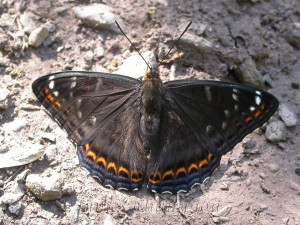 Limenitis populi, southern Belgium
Limenitis populi, southern Belgium
Since then, I have failed to find another Poplar Admiral at that spot, but I did manage to see two others flying at high speed along a forest drive on the Franco-Belgian border in the extensive forests on either side of the Botte de Givet, the strange finger of France that juts northwards into Belgium along the Meuse. Perhaps this year, if the Covid restrictions are lifted in time, I may have a chance to check the aspens in Sweden again, and who knows, perhaps the splendid Aspfjäril will find its way onto my 2020 butterfly list!



